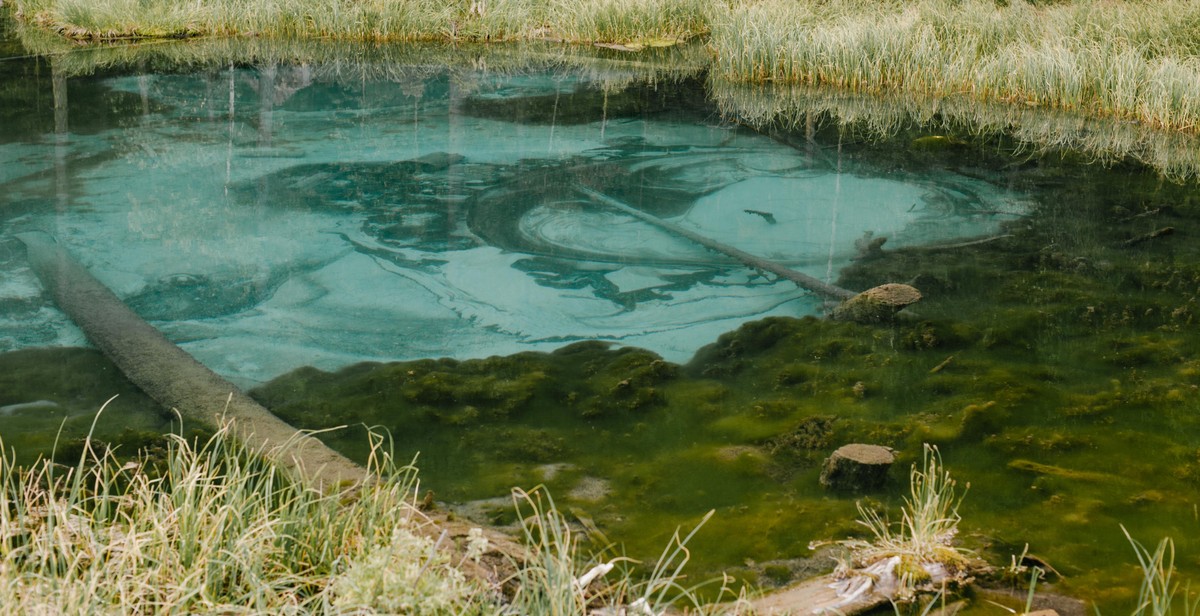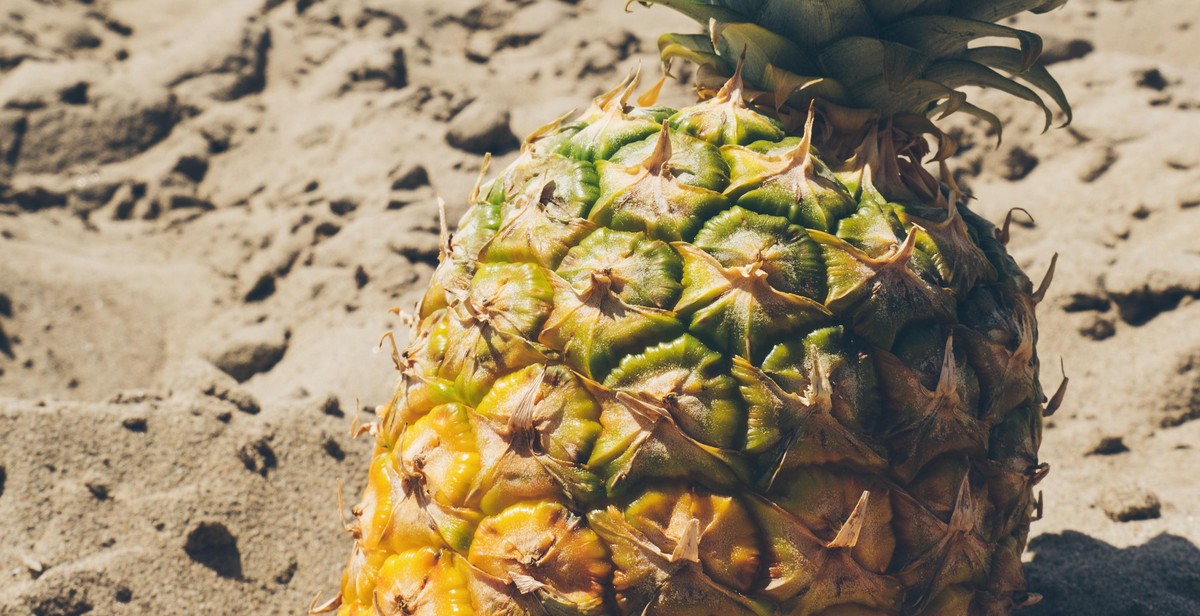Introduction
Lakes are vital ecosystems that provide numerous benefits to humans and wildlife alike. They serve as sources of drinking water, recreation, and habitat for fish and other aquatic creatures. However, maintaining a healthy lake ecosystem can be challenging due to numerous factors, including pollution, climate change, and invasive species.
The Importance of Lake Conservation
Lake conservation is crucial to ensure the sustainability of these ecosystems and the benefits they provide. Healthy lakes improve water quality, support biodiversity, and contribute to a thriving economy. On the other hand, degraded lakes can lead to harmful algal blooms, fish kills, and loss of recreational opportunities.
Tips for Maintaining a Healthy Lake Ecosystem
There are several things that individuals and communities can do to maintain a healthy lake ecosystem. These include:
- Reducing nutrient pollution by using fertilizers sparingly and properly disposing of pet waste and yard waste
- Preventing the introduction of invasive species by cleaning boats and equipment before entering a lake
- Supporting lake-friendly policies and regulations at the local and state levels
- Participating in lake monitoring programs to track water quality and identify potential problems
- Engaging in sustainable recreational activities, such as catch-and-release fishing and non-motorized boating
By following these tips, we can all play a role in preserving and protecting our precious lake ecosystems.

Understanding the Lake Ecosystem
Lake ecosystems are complex systems that consist of biotic (living) and abiotic (non-living) components. The biotic components include fish, plants, and microorganisms, while the abiotic components include water, rocks, and sediments. All these components interact with each other to form a balanced ecosystem.
Components of a Lake Ecosystem
The components of a lake ecosystem can be broadly classified into two categories: biotic and abiotic.
- Biotic Components: These are the living components of the ecosystem and include fish, plants, and microorganisms. Fish are an essential part of the ecosystem as they help to control the population of other organisms in the lake. Plants provide oxygen and food for the fish and other organisms in the lake. Microorganisms play a vital role in decomposing organic matter and recycling nutrients.
- Abiotic Components: These are the non-living components of the ecosystem and include water, rocks, and sediments. Water is the most critical component of the ecosystem as it provides the environment for all the organisms to survive. Rocks and sediments provide habitats for fish and other organisms in the lake.
Importance of a Balanced Ecosystem
A balanced ecosystem is essential for maintaining a healthy lake. If any component of the ecosystem is disturbed, it can have a ripple effect on the entire ecosystem. For example, if the fish population declines, it can lead to an increase in the population of other organisms, which can cause an imbalance in the ecosystem. Similarly, if the water quality deteriorates, it can affect the health of the fish and other organisms in the lake.
Therefore, it is crucial to maintain a balanced ecosystem to ensure the long-term health of the lake. This can be achieved by implementing conservation measures such as controlling pollution, managing the fish population, and protecting the habitats of the organisms in the lake.
| Benefits of a Balanced Ecosystem |
|---|
| 1. Improved water quality |
| 2. Increased fish populations |
| 3. Enhanced recreational opportunities |
| 4. Preservation of biodiversity |

Common Threats to Lake Ecosystems
Lake ecosystems are delicate and complex systems that are vulnerable to various threats. Some of the common threats to lake ecosystems include pollution and contamination, invasive species, and overfishing.
Pollution and Contamination
Pollution and contamination of lake water can occur due to various human activities such as industrial discharges, agricultural runoff, and sewage disposal. These activities introduce harmful chemicals and toxins into the lake water, which can have adverse effects on the lake ecosystem.
The presence of excess nutrients such as nitrogen and phosphorus in the lake water can lead to eutrophication, a process that causes excessive growth of algae and other aquatic plants. This can lead to a decrease in dissolved oxygen levels in the lake water, which can be harmful to fish and other aquatic organisms.
To prevent pollution and contamination of lake water, it is essential to implement proper waste management practices, reduce the use of fertilizers and pesticides, and promote the use of eco-friendly products.
Invasive Species
Invasive species are non-native species that can cause harm to the lake ecosystem. They can outcompete native species for resources, disrupt food webs, and alter the physical and chemical properties of the lake water.
Invasive species such as zebra mussels, Asian carp, and Eurasian watermilfoil have been introduced into many lakes and have caused significant damage to the lake ecosystem. These species can spread rapidly and are difficult to control once established.
To prevent the introduction and spread of invasive species, it is essential to implement proper monitoring and management practices, such as conducting regular inspections of boats and equipment, and educating the public about the risks of introducing non-native species into the lake.
Overfishing
Overfishing can have significant impacts on the lake ecosystem by reducing the population of certain fish species and disrupting the balance of the food web. This can lead to a decrease in biodiversity and affect the overall health of the lake ecosystem.
It is essential to implement proper fishing regulations and management practices to prevent overfishing. This can include implementing size and bag limits, promoting catch and release practices, and enforcing seasonal closures to protect spawning fish.
| Threat | Impact | Prevention |
|---|---|---|
| Pollution and Contamination | Decreased dissolved oxygen levels, eutrophication | Proper waste management, reduce use of fertilizers and pesticides |
| Invasive Species | Disrupt food webs, alter physical and chemical properties of lake water | Proper monitoring and management practices, education |
| Overfishing | Reduction in fish populations, disrupted food webs | Implement fishing regulations and management practices |

Tips for Lake Conservation
Maintaining a healthy lake ecosystem is crucial for the survival of the aquatic life and the overall ecosystem. Here are some tips for lake conservation:
Reduce Pollution and Contamination
The first step towards lake conservation is to reduce pollution and contamination. This can be achieved by:
- Proper disposal of waste and garbage
- Using eco-friendly detergents and cleaning products
- Minimizing the use of fertilizers and pesticides
- Properly maintaining septic systems and avoiding the disposal of hazardous waste
Prevent the Spread of Invasive Species
Invasive species can have a detrimental impact on the lake ecosystem. Preventing the spread of invasive species can be done by:
- Inspecting boats and equipment for any invasive species before entering the lake
- Cleaning boats and equipment before entering or leaving the lake
- Avoiding the release of aquarium pets or plants into the lake
Practice Sustainable Fishing
Fishing is a popular activity in lakes. However, overfishing can harm the lake ecosystem. Practicing sustainable fishing can be done by:
- Following local fishing regulations and guidelines
- Avoiding the use of lead sinkers and using biodegradable bait
- Releasing fish that are undersized or unwanted
Promote Native Vegetation
Native vegetation is crucial for the lake ecosystem. Promoting native vegetation can be done by:
- Planting native plants and trees along the shoreline
- Minimizing the use of lawn fertilizers and pesticides
- Avoiding the removal of fallen trees and debris from the lake
Support Conservation Efforts
Supporting conservation efforts is crucial for lake conservation. This can be done by:
- Donating to local conservation organizations
- Participating in lake clean-up events
- Volunteering for lake conservation efforts
| Tip | Description |
|---|---|
| Reduce Pollution and Contamination | Proper disposal of waste and garbage, using eco-friendly detergents and cleaning products, minimizing the use of fertilizers and pesticides, properly maintaining septic systems and avoiding the disposal of hazardous waste |
| Prevent the Spread of Invasive Species | Inspecting boats and equipment for any invasive species before entering the lake, cleaning boats and equipment before entering or leaving the lake, avoiding the release of aquarium pets or plants into the lake |
| Practice Sustainable Fishing | Following local fishing regulations and guidelines, avoiding the use of lead sinkers and using biodegradable bait, releasing fish that are undersized or unwanted |
| Promote Native Vegetation | Planting native plants and trees along the shoreline, minimizing the use of lawn fertilizers and pesticides, avoiding the removal of fallen trees and debris from the lake |
| Support Conservation Efforts | Donating to local conservation organizations, participating in lake clean-up events, volunteering for lake conservation efforts |

Conclusion
Overall, maintaining a healthy lake ecosystem is crucial for the preservation of aquatic life and the enjoyment of recreational activities. By following the tips outlined in this article, lake owners and enthusiasts can take simple steps to ensure the conservation of their beloved bodies of water.
Regular Monitoring
Regular monitoring of the lake’s water quality, plant life, and fish populations is vital in identifying potential problems early on. This can help prevent the spread of invasive species and ensure that the lake remains a healthy ecosystem for years to come.
Proper Waste Disposal
Proper waste disposal is essential in preventing harmful pollutants from entering the lake. Always dispose of waste in designated areas and avoid using harmful chemicals near the water’s edge.
Native Plant Species
Planting native plant species can help maintain a healthy lake ecosystem by providing food and shelter for aquatic life. These plants are also better adapted to the local climate and require less maintenance than non-native species.
Collaboration
Collaboration between lake owners, local organizations, and government agencies can help ensure the conservation of the lake ecosystem. By working together, we can take collective action to address issues and maintain the health of our lakes.
